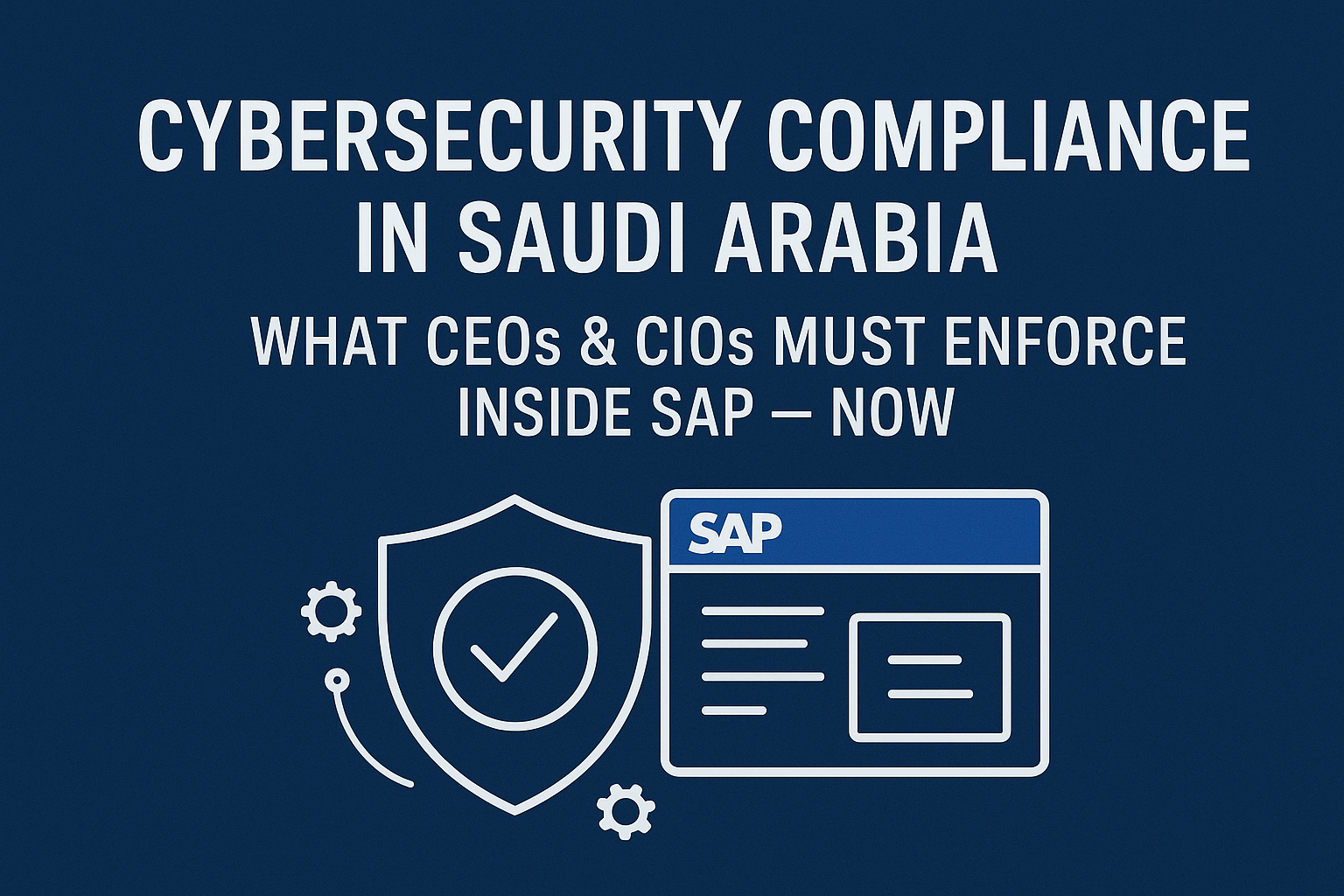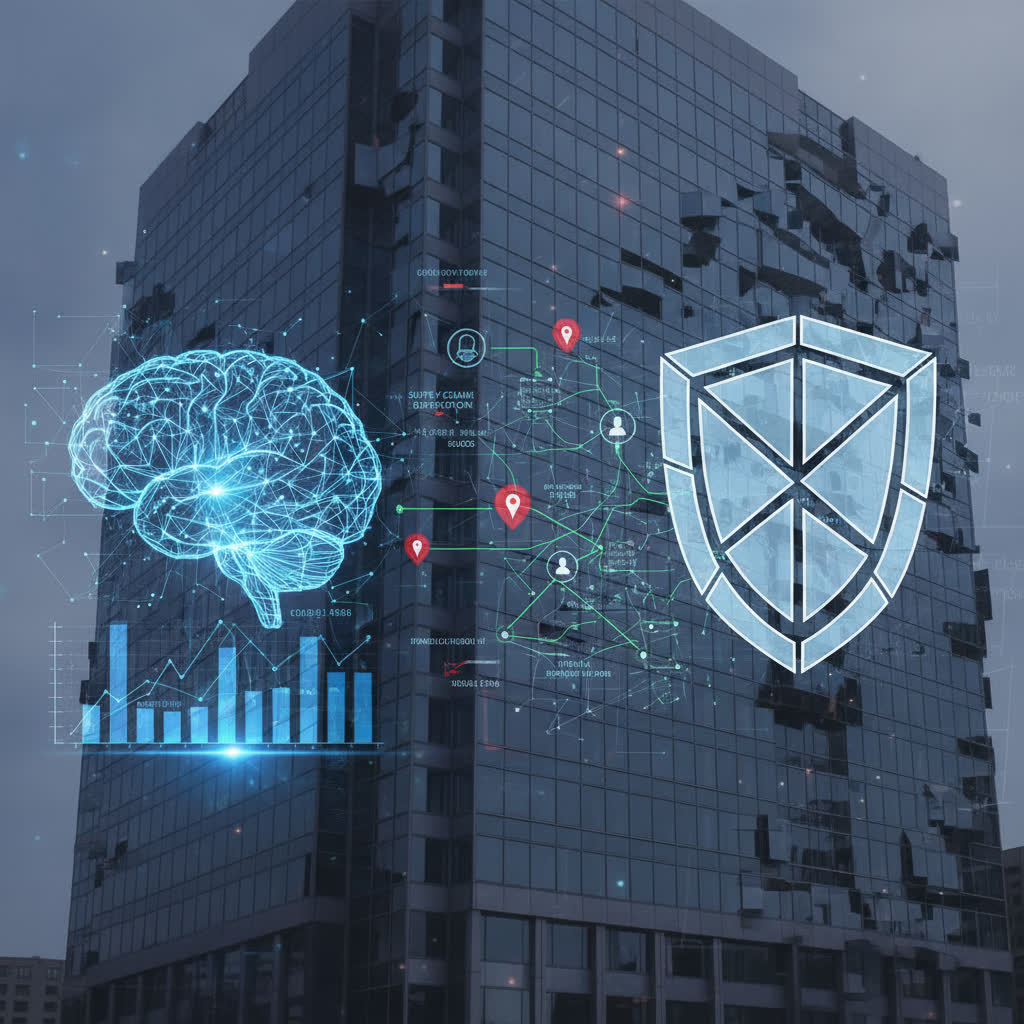Managing third-party access to SAP systems has become an essential task for businesses seeking efficiency while keeping sensitive data secure. As organizations increasingly rely on external partners for development, support, or integrations, the challenge lies in enabling access without introducing vulnerabilities. Striking a careful balance between usability and protection can be complex. Addressing this issue involves a combination of precise policy design, technical best practices, and ongoing vigilance.
Understanding Third-Party Access in SAP Systems
Third-party access covers a wide range of external actors, from consultants and vendors to joint venture partners. Each requires varying degrees of access to specific parts of SAP environments. While external service providers might need ongoing access, some partners require short-term, project-based permissions. Organizations must address each scenario with tailored strategies. This starts by identifying who the third parties are and what access they actually require. Over-provisioned or poorly managed access can introduce unnecessary risks. Therefore, the process of granting and managing access must be both granular and accountable.
Regulations like GDPR, SOX and ISO 27001 underscore the need for strong access management. Non-compliance may bring legal penalties and reputational damage, heightening the stakes. Moreover, business leaders increasingly focus on operational resilience, so unauthorized access incidents can have wide-ranging effects. Understanding the criticality of this access sets the stage for responsible management throughout the process.
Types of Third-Party Access and Related Risks
Third-party SAP access typically falls into several categories. External IT providers often request technical or administrative permissions. Business process outsourcing partners might need transactional access. API integrations require system-to-system communication channels. Each category presents distinct risk profiles. For example, unrestricted administrator access allows significant control, which if mishandled, can quickly lead to breaches or downtime. Even low-level interface access, if misconfigured, can expose sensitive data streams.
Vendors and consultants sometimes lack in-depth knowledge of an organization’s internal security posture. Their devices or networks might not meet internal security standards, creating potential backdoors. Attackers can exploit weaker external connections, launching phishing or malware attacks. In other cases, personnel changes at vendors lead to mismanaged credentials, leaving unused accounts active longer than necessary. By understanding and categorizing types of access, organizations set a foundation for developing specific controls for each risk profile.
Designing a Secure Third-Party Access Policy
The process begins with formalizing a policy that defines roles, responsibilities, and procedures for third-party access. This policy must articulate allowed and prohibited activities, mandatory onboarding requirements, and monitoring protocols. Defining clear accountability ensures that both internal teams and external partners know what is expected. The policy should cover approval workflows, handover processes, and escalation paths in the event of a suspected incident.
Access requests from third parties must undergo careful scrutiny. Authentication standards must be clearly outlined, such as multi-factor authentication for all third-party users. Privileged access should never be granted by default and should be limited to just the required systems or modules. Time-bound and context-aware access provisions help prevent unnecessary risks. Documentation of each approval, change, and revocation is essential to maintaining traceability and demonstrating compliance to auditors if needed. Constant review of the policy, adapting it according to new threats or business changes, keeps the program robust and resilient.
Authentication and Authorization: Building the Basics
Strong authentication is the foundation of protecting SAP environments from unauthorized third-party actions. Password policies alone no longer offer enough protection. Organizations should enforce multi-factor authentication, combining something the user knows with something they possess or are (such as biometrics or security tokens). This approach hampers attempts by attackers to exploit stolen credentials.
Authorization should adhere to the principle of least privilege. Third-party users must only be able to see and do exactly what is required to fulfill their duties, minimizing lateral movement inside the system. Role-based and attribute-based access control mechanisms help facilitate this. Assign unique user accounts to each external partner. Avoid shared credentials entirely, as these obscure accountability and facilitate misuse. Integrating with identity management tools allows for automatic de-provisioning when contracts end or requirements change, closing potential loopholes promptly.
Granular Role and Authorization Management in SAP
Role and authorization management requires a detailed understanding of the SAP authorization concept. SAP systems use roles and profiles to bundle permissions that map to job responsibilities. For third-party users, this means developing predefined, minimal access roles that align with their functional needs. Do not use generic or overly broad administrative templates for external users. Instead, involve business owners and IT security experts in defining what is genuinely obligated by the engagement.
Periodic reviews should confirm that assigned roles remain justified. Segregation of duties is essential, ensuring that no single third-party user has the ability to circumvent controls or perform conflicting actions. Automating the review and approval process can reduce the burden on internal teams while ensuring thoroughness. Documentation of each authorization decision should occur, including the reasons for granting or updating roles. Integrating audit capabilities into the authorization process gives teams confidence that all actions are justified and traceable.
Auditing, Monitoring and Logging Third-Party Activities
Continuous monitoring is key to identifying suspicious or unauthorized activities by third-party users. SAP provides extensive logging capabilities, allowing organizations to capture every access request, change or transaction. Real-time monitoring tools can alert teams to anomalies, such as logins from unexpected locations or attempts to escalate privileges. Immediate notifications allow rapid response, limiting the potential for damage if an issue arises.
Auditing procedures should go beyond reactive detection. Organizations should regularly review system logs, focusing on patterns that indicate risky behavior such as repeated access to sensitive tables. Scheduled reviews verify that access remains aligned with business needs. Self-service dashboards for security teams help visualize trends, while predefined reports simplify compliance demonstrations. Integrating logs with centralized security information and event management (SIEM) systems allows for holistic oversight of SAP and associated infrastructure.
Provisioning and De-Provisioning Processes
Onboarding third parties should begin with a thorough assessment of their legitimacy, needs and technical compatibility. Predefined processes allow only approved partners to request access. Initial setup should include registering personal details, verifying identities, and assigning specific roles, never defaulting to blanket or generic permissions. Providing necessary training ensures third parties understand acceptable uses and obligations.
Equally, de-provisioning is just as important. As soon as an engagement ends, or the user’s relationship changes, access should be revoked immediately. Delays in de-provisioning introduce serious risks. Automated tools can streamline this process, deactivating accounts and removing permissions in a coordinated manner. Regular audits of active third-party accounts highlight dormant or forgotten access, prompting timely clean-up. In fast-paced business environments, prompt removal prevents former partners from retaining entry points, intentionally or by accident.
Least Privilege and Zero-Trust Approaches
Implementing least privilege and zero-trust principles limits exposure to threats from third-party access. The least privilege strategy grants each external user the minimum rights necessary, ensuring that if an account is compromised, damage potential is contained. Building roles specifically for third-party use, rather than repurposing internal roles, supports this approach.
The zero-trust model operates under the assumption that no user, device or process should ever be trusted by default. Instead, continuous verification and validation occur every time a user attempts to access data or assets. Micro-segmentation, strong network isolation and dynamic risk assessment are key strategies within this approach. Third-party accounts regularly undergo risk analysis, with adaptive policies adjusting permissions or requiring additional verification based on current context or observed behavior. This helps ensure access remains tightly controlled while supporting valid business operations.
Regulatory Compliance for Third-Party Access
Many frameworks and laws dictate strict requirements for access controls when third parties are involved. GDPR emphasizes not only who can view personal data but also the transparency and documentation around access. SOX targets the integrity of financial systems, mandating that only authorized individuals can interact with relevant SAP modules. ISO 27001 enforces general controls and the principle of only permitting access as absolutely required.
Audit documentation is essential for demonstrating compliance during reviews. Maintaining records of all access requests, approvals, changes and revocations supports transparent communication with auditors. Some frameworks require regular security training or certification for those with access, including third-party personnel. Integrating these requirements into contracts and onboarding procedures is best practice. Data processing agreements can outline shared responsibilities, liability, and specific technical requirements.
Selecting and Collaborating with Trusted Partners
Vendor selection is the first checkpoint for managing access risk. Organizations should conduct due diligence before granting access. This process includes evaluating a vendor’s security controls, certifications, and references. Ask for cyber insurance information, technical documentation and employee background checks. Industry-standard requirements, such as ISO 27001, help during assessment but should not be the only criteria considered.
Once partners are onboarded, regular communication and joint security reviews strengthen ongoing cooperation. Discuss security incidents, new risks or changes in requirements. Third-party partners should understand that their actions directly affect organizational reputation and compliance status. Clear escalation channels help address emerging threats quickly, before they can impact operations. A collaborative approach ensures security becomes a shared priority, rather than a contractual footnote.
Training and Awareness for Stakeholders
Continuous education is vital to reducing risks related to third-party access. All stakeholders, from IT staff to business managers and external partners, need to understand the organization’s security requirements. Regular workshops build awareness of evolving threats, common attack patterns and best practice for using SAP systems securely. Encourage open dialog so everyone feels comfortable reporting problems or asking questions.
Training should not be a one-time event. Digital threats change regularly, and so must awareness efforts. Provide case studies and real-world scenarios to help stakeholders recognize risks and understand potential consequences. Evaluate knowledge through periodic quizzes or assessments, identifying areas for additional focus. Third-party users should complete onboarding security training as part of their contract requirements. Internal training initiatives can extend to developers or system architects responsible for building and maintaining SAP integrations. Effective training programs help ensure everyone contributes to maintaining a secure SAP environment.
Adapting to Common Challenges in the Field
Many organizations encounter obstacles when rolling out third-party access controls in SAP systems. Internal resistance can appear when changes alter established processes. Employees may push back against what they perceive as red tape, or partners may argue against too-restrictive permissions. Leaders should emphasize the shared benefits of strong access management, including protection from data loss and downtime. Regular participation in policy updates, coupled with accessible change management resources, can minimize frustration.
Integration complexity also creates challenges. SAP environments often interact with legacy systems or third-party applications that may not support the latest security controls. In these cases, workarounds might become necessary but should always maintain an adequate risk assessment and revision process. Documentation of exceptions ensures they remain justified and subject to future review. Language and cultural barriers with international partners sometimes complicate coordination. Establishing clear, multilingual communication channels and support resources makes compliance easier for everyone involved. Adapting strategies to address these issues keeps third-party access programs effective and sustainable.
The Future of Third-Party SAP Access Management
The SAP landscape continues to evolve, introducing emerging technologies, new threats and shifting regulatory frameworks. Artificial intelligence plays a growing role in threat detection and maintaining context-aware access controls. Automation streamlines repetitive tasks, reducing manual errors and enhancing response times to incidents. Mobile and cloud-based integrations expand the reach of SAP systems, requiring security managers to address unique access scenarios never encountered before.
Organizations that cultivate flexibility in their access management approach will likely maintain an advantage. Investing in scalable tools, continuous employee education and robust partnership models supports secure operations at every stage. Reflecting on past incidents and adapting procedures ensures that lessons learned benefit future initiatives. As SAP environments become more interconnected, taking a proactive, comprehensive approach to third-party access management remains vital for safeguarding business information and building resilience.





